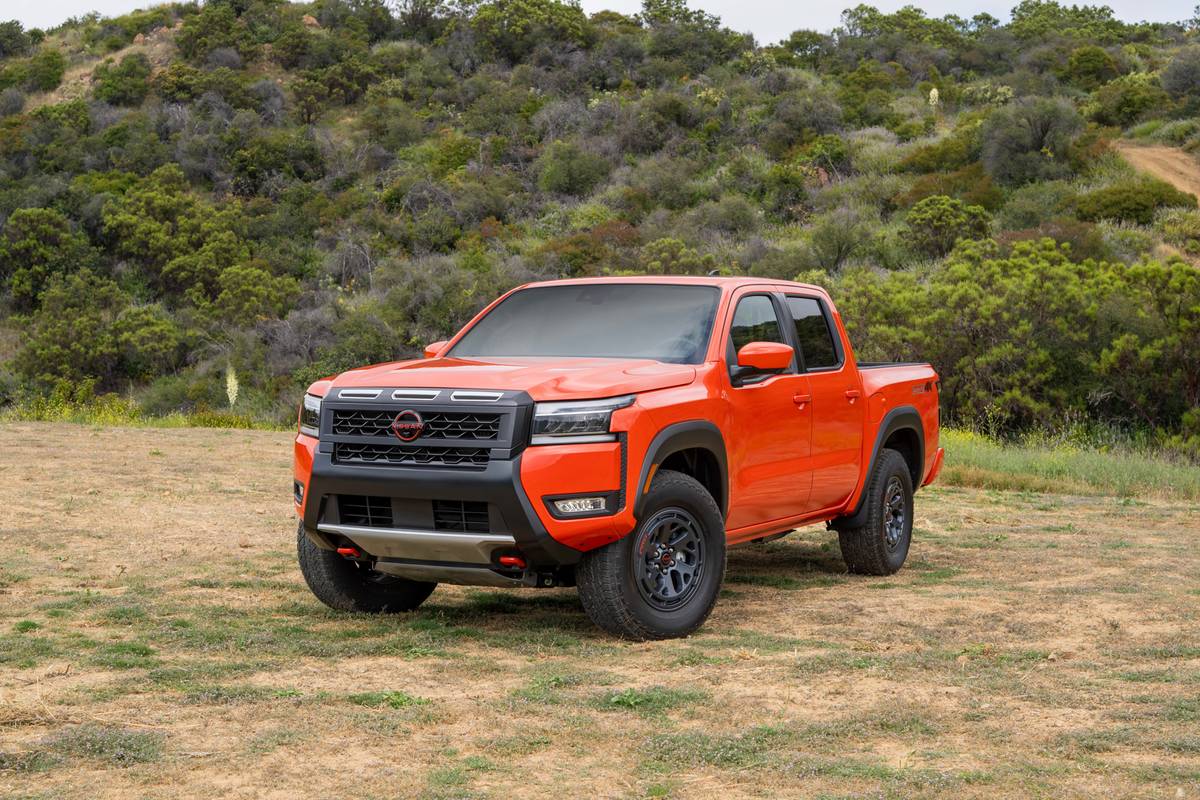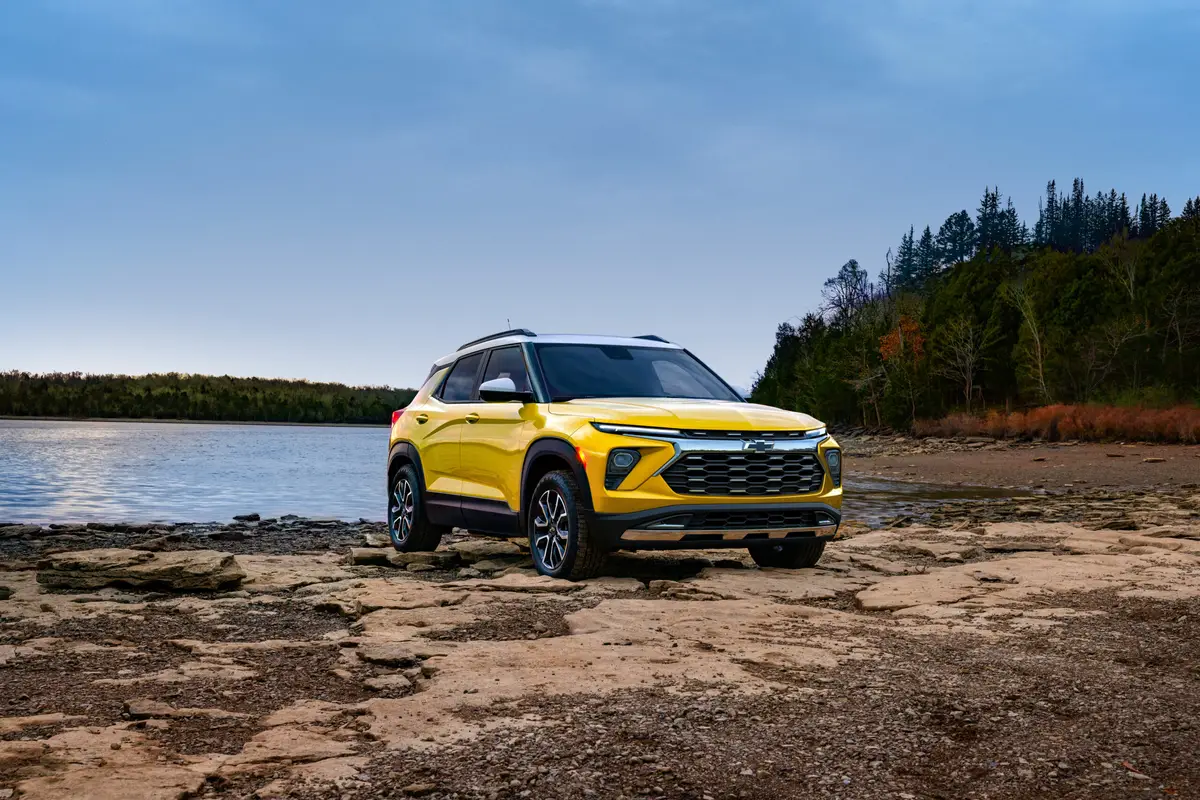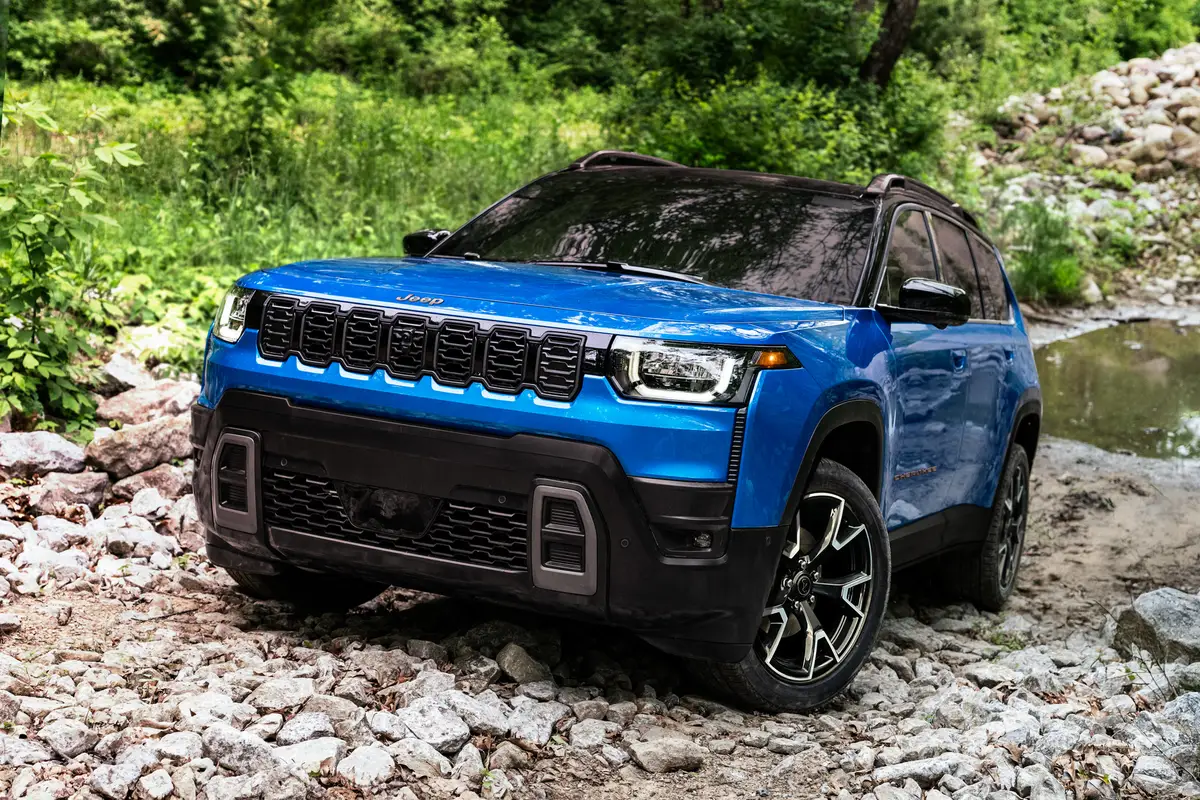chicagotribune.com's view
Score a victory for Ford Motor Co.
In head-to-head combat of four-door utility vehicles, Ford Explorer isthe winner over the Chevrolet Blazer.
Explorer is the new name for the compact Bronco II. To shed charges thatthe Bronco II handled corners and turns like a gyroscope, Ford came up with a new moniker along with a new vehicle for 1991.
Explorer and Blazer now sport four-door models. The Jeep Cherokee has had that market to itself dating to the days when American Motors Corp. built it, before Chrysler Corp. bought AMC lock, stock and utility vehicle.
With no four-door competition, Cherokee has enjoyed phenomenal success in the utility market. Cherokee dominated utility vehicles the way PlymouthVoyager and Dodge Caravan have dominated the mini-van market.
Cherokee now has some stiff competition.
We`ve driven Bronco II and Blazer S-10 in two-door forms several times.Blazer was the choice. It had a longer wheelbase than the Bronco II (100.5 to 94 inches) and provided smoother ride and surer handling. The shorter-wheelbase Ford was a bucking Bronco on straightaways and a wobbler incorners and turns.
We`ve now driven the new four-door models, and the roles are reversed.Explorer has the longer wheelbase (111.9 inches to Blazer`s 107 inches) andprovides the smoother, more car-like ride; it has the better road-huggingstability in corners and turns.
The four-door Blazer S-10 was a surprise. With a wheelbase nearly 7inches longer than the two-door, we expected an even smoother ride. Rather,even flat pavement felt like we were off-roading. Larger optional on/off road tires on the Blazer didn`t help smooth out the bumps.
The Chevy and Ford were stable in corners and turns.
Explorer is powered by a 4-liter, 155-horsepower, V-6, and Blazer by a4.3-liter, 160-h.p., V-6. A 5-speed manual transmission is standard and 4-speed automatic optional in both, for the same $860 price. Each of the testvehicles had the optional automatic.
The 4-liter Ford V-6 seemed to have a step on Blazer off the line. Andthe 4-liter was quieter, too. Explorer and Blazer are rated at 16 miles pergallon city and 20 m.p.g. highway with manual, but Blazer has the edge withautomatic, a 17/21 rating to Explorer`s 15/20.
Interior room was good in both, thanks to those increased dimensions from the two-door models. Four-wheel-drive utility vehicles stand taller than two- wheel-drive models, to accommodate the added hardware as well as to allowfor off-roading without scraping bottom. That usually means you need to polevault to get inside.
No such problem with Blazer or Explorer, which enjoys a slight edge forease of entry in back. Explorer is longer and wider than an old Bronco II, butalso 2 1/2 inches lower.
Explorer has individually folding split rear seats. You can fold one down to haul the lumber and still carry a passenger in back. Blazer`s rear seatback folds down as a single unit. Better idea by Ford.
In Explorer and Blazer, a carpeted metal floor unit sits upright behindthe rear seat. When the seat back is folded down, that floor portion slidesdown and lays flat to bridge the gap between rear seat and cargo area.
With Explorer, that carpeted floor rests firmly against the seat back;with Blazer it hangs loose and moves back and forth when you accelerate orbrake. A rear seat occupant could pinch his or her hand or finger in Blazer`s swinging floor piece.
In back, Explorer features a swingup hatchback lid with a swingup windowthat can be opened individually. Blazer also has a swingup rear window, but a swing-down tailgate. If you haul a lot of lumber, the tailgate is preferred,but if you use the vehicle mostly for groceries, the Explorer hatchlid iseasier to use.
In the test units, Explorer hid the full-size spare tire under the rearend. It would be a chore to get at, but it left the rear end free to ho ld morecargo. The Blazer came with a full-size spare mounted on an exterior swing-outcarrier. That also freed the interior for more cargo-carrying capacity butmeant having to fiddle with it to get to the cargo area. The spare carrieralso rattled continuously and was most annoying.
Both units featured four-wheel drive, a much appreciated Snow Beltinsurance policy. Explorer has a simple dash-mounted button you can push toswitch, on-the-fly, from two- to four-wheel drive. Blazer has a space-stealingfloor-mounted transfer case with a lever to yank to engage all four wheels.The Explorer approach is much easier.
Both units also offer antilock brakes. Chevy has four-wheel antilockbrakes, the Ford only two-wheel. However, they system is disengaged whenBlazer is in four-wheel drive.
Other items worth noting:
– The jack in both vehicles is in a rear wheel well. Explorer requiresyou pop two clips in the cover to get at the jack, Blazer only one clip, butit seemed to be spring loaded and designed to thrive on a diet of thumb.
– Blazer brake- and hood-release handles are next to each other under the dash to the left of the steering wheel. You can easily release the hood whenyou want to release the brake.
– Both have single piece lap/shoulder belts. Explorer`s shoulder beltrode up a bit on the neck, Blazer rested more comfortably on the torso.
– The Blazer has dual cupholders, Explorer one.
– Explorer sports dual sun visors, one for the side window, one for thewindshield.
Standard equipment in the four-door Explorer includes power brakes withrear-wheel antilock; power steering; gas-filled shocks; all-season, steel-belted, 15-inch radial tires; tinted glass; electric remote mirrors; castaluminum wheels; skid plates; color-keyed carpeting; intermittent wipers; AM- FM stereo with digital clock; cloth captain`s chairs; and leather-wrappedsteering wheel.
Standard equipment on the Blazer includes power steering; gas filledshocks; four-wheel antilock brakes; all-season, steel-belted, 15-inch radials;tinted glass; dual non-power mirrors; color-keyed carpeting; AM radio withdigital clock; and vinyl-covered bucket seats. Cast aluminum wheels are anoption. Skid plates are an option in a “shield package.“ Intermittent wipersare an option in a “convenience group.“ A leather-wrapped wheel isn`toffered. Option packages abound on Blazer.
The Explorer felt more comfortable, had the smoother ride, peppier engine and greater attention to detail, such as push-button activation of four-wheel drive and the convenience of the rear hatchlid/glass window.
Despite less standard equipment, the four-door, four-wheel-drive Blazerstarted at $16,905 versus $16,393 on the Explorer.
The two-door S-10 Blazer with two-wheel drive starts at $12,966, withfour-wheel drive at $14,631. The four-door with two-wheel drive starts at$15,272.
The two-door Explorer with two -wheel drive starts at $13,820, with four-wheel drive at $15,544. The four-door with two-wheel drive starts $14,699.
Latest news



